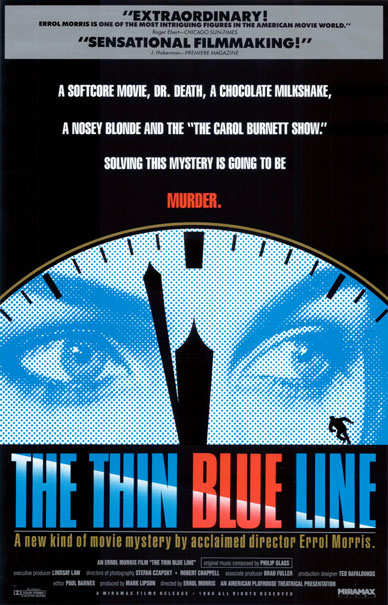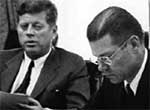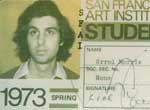Terrence Rafferty in The New Yorker has called it "a powerful and thrillingly strange movie. Morris seems to want to bring us to the point at which our apprehension of the real world reaches a pitch of paranoia—to induce in us the state of mind of a detective whose scrutiny of the evidence has begun to take on the feverish clarity of hallucination."
The Thin Blue Line was voted the best film of 1988 in a Washington Post survey of 250 film critics. Premiere magazine, in a survey of films of the 1980s, described it as one of the most important and influential movies of the decade.
An AMERICAN PLAYHOUSE Theatrical Presentation
Director...ERROL MORRIS
Producer...MARK LIPSON
Executive Producer...LINDSAY LAW
Associate Producer...BRAD FULLER
Original Music...PHILIP GLASS
Directors of Photography...ROBERT CHAPPELL & STEFAN CZAPSKY
Editor...PAUL BARNES
Production Designer...TED BAFALOUKOS

Awards:
Best Documentary, 1988
- New York Film Critics Circle
- National Board of Review
- National Society of Film Critics
Best Movie, 1988
- Washington Post Survey of 250 Film Critics
- Mystery Writers of America (Edgar Award)
Best Foreign Film, 1988
- Taiwan International Film Festival (Golden Horse Award)






